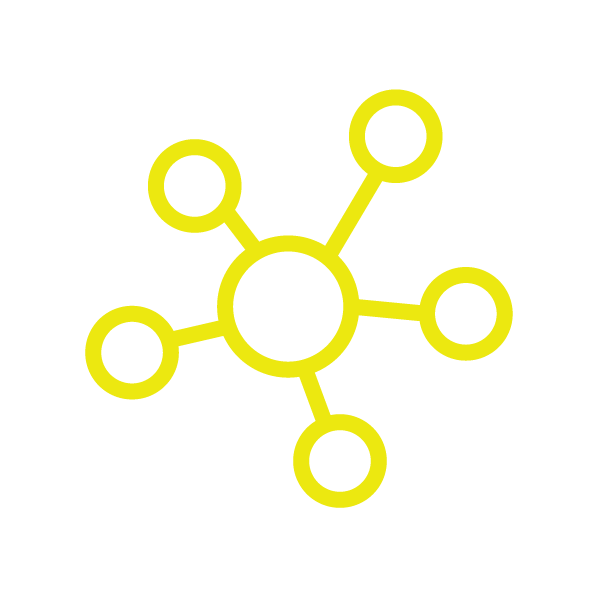Digitising and automating back-end systems
HPS attended Seamless Middle East event in Dubai. Seamless brings together the entire payment eco-system to discuss, debate and evaluate alternative payment strategies and technologies. Sebastien Slim, Head of Marketing and Innovation at HPS, presented how to digitise and automate back-end systems.
In banking systems’ terminology, we often talk about front-end and back-end systems.
Front-end is where banks fight to attract new customers and retain and strengthen their relationship with existing ones. It is also where they compete with the FinTechs, GAFA…
On the other hand, back-end is where banks manage all their processes, workflows… And it is where complexity is channelled with, in some cases, 30+ years old legacy systems to manage. These legacy systems often bear the burden of numerous layers, accumulated years after years.
This significant complexity stifles innovation as back-end systems power front-end capabilities.
Let’s take a practical example with the digitalisation of a card into a mobile phone wallet such as ApplePay: it is extremely easy for customers and very complex for back-end systems.
For customers, digital card issuance with Apple Pay takes only 3 steps (filling card details, accepting Terms and Conditions and proceed to a complete card verification). And that’s it.
For back-end systems, when digitalizing a card on a mobile, complexity is induced by the high number of systems involved in the process (card management system, tokenisation platform, mobile gateway, wallet server). All these systems communicate with different types of protocols. Complexity also comes from the “real-time” dimension where the overall process from cardholder’s perspective must be completed within couple of seconds. Last, the “3 steps visible by the customers” represent actually dozens and dozens of interactions between the 4 key systems mentioned above.
From a more global view, what does it mean for banking systems’ integration?
Most banking infrastructures (still) rely on point-to-point integration. In a point-to-point integration, there is no system unification and each system has its own communication protocols.
On top of that, core systems have been continuously and heavily modified over the past three decades. This triggered duplicated processes, extra functionality layers, lack of documentation.
Today, 90% of banks’ IT expenditures goes into maintaining outdated legacy systems.
To ensure smooth and optimised banking systems’ integration, integration must shift from a point-to-point integration, to an orchestrated integration.
An Orchestrator helps automating the various workflows through a rich set of APIs to easily access and manage any 3rd party system: Core Banking, Card Management, Scoring, PFM, Alerting…
Banks implementing those changes shall keep in mind that one data type equals one system. For example, to protect sensitive data, card numbers are stored only in the system(s) where it is mandatory. Other systems use aliases, to improve security and optimise certification processes of PCI-DSS systems.
With an orchestrator, processes and functionalities are optimised since they are developed in the right place. There is no more one to one communication.
Data processing evolved to real time and “one by one”: transactions were batched, now they are sent individually. Clearing / settlement used to take days, now funds are available in seconds.
To interface with the orchestrator, there is an urging need of APIs.
To help opening-up banking systems, PowerCARD Connect’ APIs supports Transacting and Servicing APIs.
PowerCARD Connect’ APIs can interface with any 3rd Party System or Application. It supports web services technologies, such as SOAP, Rest / Json…
Attractive opportunities show up for the banks decided to take control of their destiny in the digital world.
- Banks will be able to monetise their APIs through the “pay per use” or “get paid for use” opportunities with 3rd party systems
- Banks will be able to reach out and interact with an ever-evolving ecosystem, made of Partners, FinTechs, Apple /Google / Microsoft stores and their own App store.
- Innovation will be within easy reach thanks to in-house innovation, hackathons or FinTechs.
- Regulatory changes, such as Open Banking or PSD2 in Europe, will be under control and considered as an opportunity rather than a constraint.
Banks should embrace the path of change and work for an effective orchestrated integration of all their systems, to ensure a smooth and efficient evolution.




















